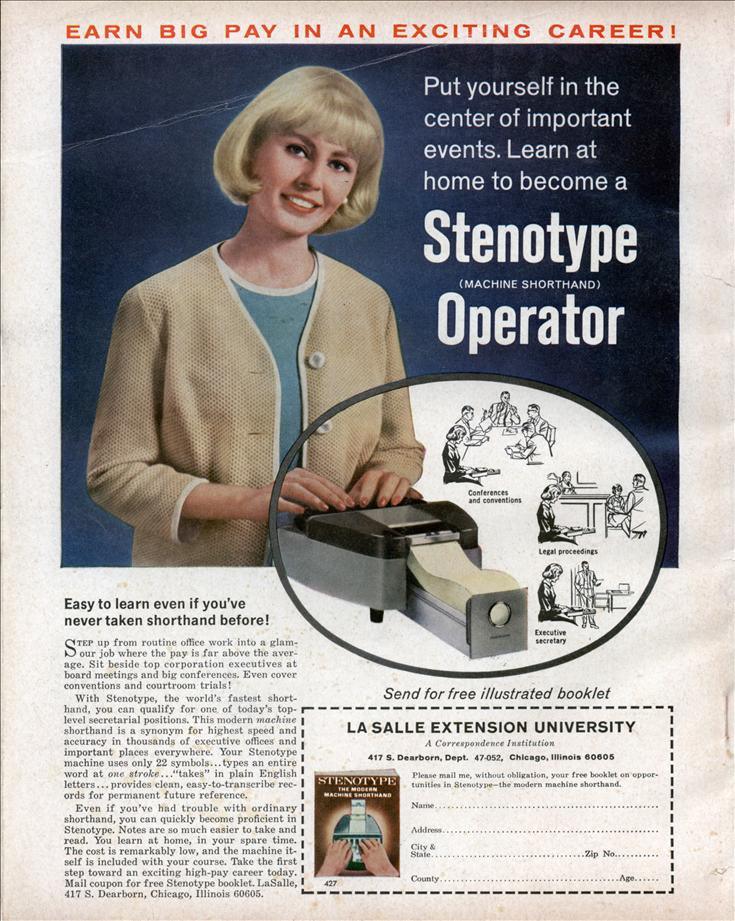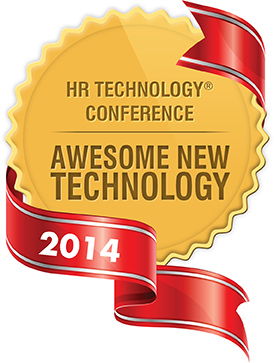Three keys for a successful HR vendor user conference
I'm just back from the inaugural HireVue Digital Disruption user conference in absolutely gorgeous Park City, Utah, a place where the only thing you can possibly complain about is how after about 15 paces you're short of breath (due to the altitude), and dying of thirst (due to the dry as dust air). It was a really great event, and kudos to the entire team at HireVue for executing at a high level on their first try.
During the closing reception at the event I got to talking with some attendees and in those conversations I shared how I have been to about 5 or 6 HR tech vendor user conferences so far this year, and I expect I will attend another half dozen or so before the end of 2014. And if it seems to you that sounds like a lot of vendor conferences you're right - it is a lot of vendor user conferences. So after having hit so many of these events over the last couple of years, I like to think I know something about what makes for a successful and valuable event, and since no one asked, here are three things I think are the most important keys or elements that can help make vendor user conferences more successful.
1. Executive keynotes - the best vendor executive keynotes are not the ones that show off the 5 new and amazing product features, they are the ones where the CEO/Founder/President shows his or her more human side, and actually connects with the audience, (especially the customers). I think we consistently underestimate how important the personal and human elements are in many of these vendor/customer relationships. Customers want to believe in you and what you are doing. They want to see how passionate you are for helping them solve their problems. They want to see you talk about your own team, hear something about your company culture and leadership philosophy. Mostly, they just want to see the CEO as a real person. So the best vendor executive keynotes manage to allow this human side to show through.
2. Content mix - the natural tendency at vendor user conferences is to program an agenda almost completely comprised of two types of presentations: Vendor reps talking about the products, and existing customers talking about how they use the products, often at a very detailed level. While both types of sessions can be valuable for attendees, I think the best vendor user conferences mix in at least some content that is not 100% product focused. Bringing in some more outside voices or even having existing customers discuss more of their HR and business challenges more broadly, can benefit the overall value for attendees. Often I talk with attendees who feel like many of the sessions simply repeated information about the products or how to use the products that they already knew. There should be at least a fair amount of content that can challenge, excite, and interest the most expert customer users, or else they don't really have a need to attend the user conference at all.
3. Attendee mix - while it is great that the vendor wants to enable as many of their own people to attend/participate/interact at the user conference, if the ratio between the vendor's own staff and the actual customers and prospects in attendance gets too skewed toward the vendor side, the opportunities for great customer-customer interactions get diminished. What the vendors really want and need is for their own customers to be their best advocates, to share their experiences and opinions about the vendor and the technology. It gets hard for them to do that freely if there are vendor reps swarming everywhere, (they are easy to spot too, since they all will have on the same color coordinated logo shirts). The best vendor user conferences manage to be more about the users and less about the vendors, if that makes sense.
Ok those are my three tips for creating and delivering a great HR vendor user conference. You're welcome, even though you didn't ask.
What else can HR vendors do to make their user conferences better?
Thanks again HireVue!

 Steve
Steve



